






















M i g u e l J í m e n e z
Shop and Surroundings
A l e j a n d r o Z a p a t a
Yello And
M . I . Simb in Bo Yello
M a r c

This month in Catártica, we celebrate the arrival of spring, eagerly anticipating and yearning for the renewing energy that comes from the brilliant color yellow.

On the cover, we pay tribute to Gustavo Cerati, who is the first musical artist to be included in our cover collection. Through his debut solo album, Amor Amarillo, Gustavo gave us smoky spaces to enjoy the energy of music in relation to color.
We also feature the cover of José Madero's Giallo album and Coldplay's Parachutes, turning this issue into a true musical curation. Remember to scan the codes to enjoy with all your senses. 3 10 12 16
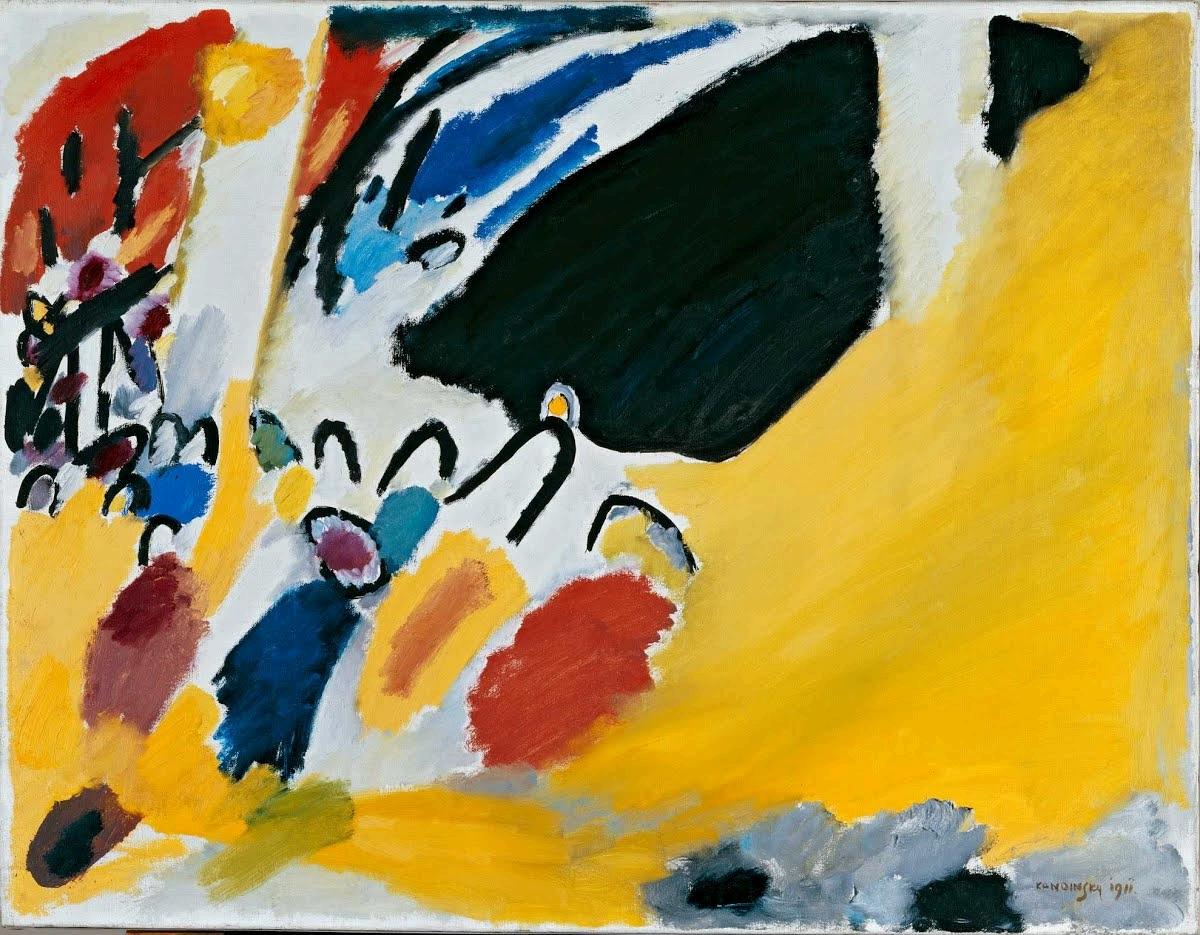
When something vibrant comes to mind, something that illuminates in and of itself, it is undoubtedly a characteristic with which we have associated yellow since time immemorial. However, it also carries meanings that transcend the purely aesthetic. In addition to being a color, it serves as a symbol steeped in mysticism, wisdom, and spiritual transformation. In many ways, this color stands as an emblem of enlightenment, truth, and awakening in various traditions, acting as a medium between the earthly and the transcendental. In this article, I offer
to understand how yellow became part of a visual language that communicates the essence behind our existence.
In this religion, saffron yellow transcends its initial chromatic consideration to become something more particular and distinctive in the spiritual quest. A clear example of this are the monks who wear robes in this shade as a symbol of material detachment, total dedication to meditation, and the path to enlightenment. Daisetz T. Suzuki, in his influential work Zen and Japanese Culture (1970), points out that this choice is not arbitrary:
saffron yellow represents the renunciation of all that is superfluous, due to the belief that it allows the practitioner to achieve a pure and clear mind.
Thus, each flash of yellow is a reminder of impermanence and the need to fully concentrate on the essential, leaving behind the distractions of the material world and facilitating an inner awakening that illuminates existence. For a Western mind, this meaning may be perceived as contradictory But I believe that within this apparent contradiction we can find a revelation.

In Hindu tradition, yellow holds a privileged place, representing the divine and the pursuit of knowledge.
It is also associated with wisdom and truth, and is a frequent symbol in the iconography of deities and gurus. Sacred texts and iconographic studies have identified this color as a symbol of the light of knowledge that dispels the darkness of ignorance (Mookerjee, 1998).
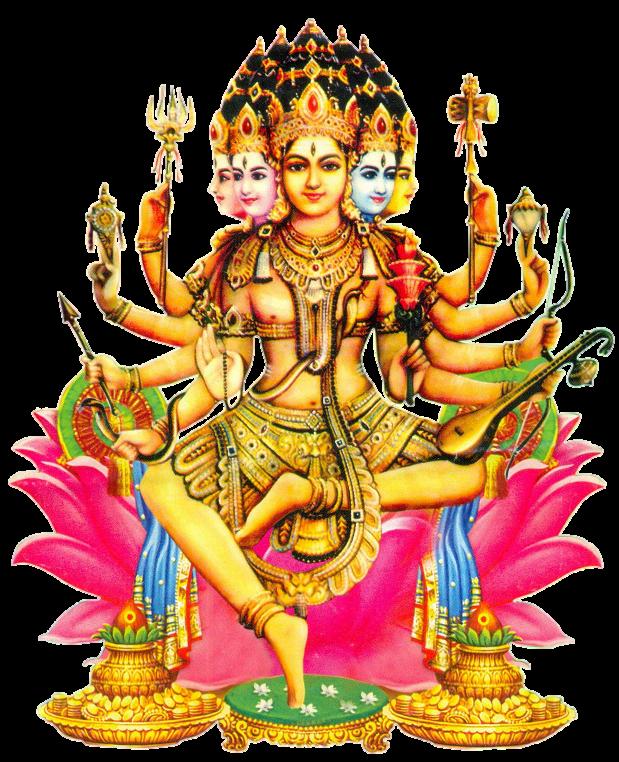

An example of this is artistic representations, where gods and masters are depicted in yellow garments, inviting the viewer to reflect on the role of divine knowledge and spiritual revelation in everyday life. This use of yellow stands out for its brightness and warmth, illuminating the path to inner truth in a relentless search for wisdom. We can say that this color has a powerful effect on the human psyche, being the conduit through which we represent aspects that are so profound and important to us.
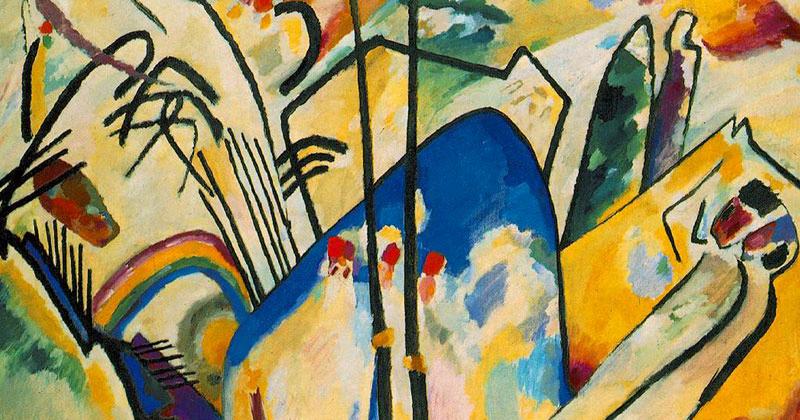
The abstract artist Wassily Kandinsky, in Concerning the Spiritual in Art (1977), assigned the color yellow a spiritual power with unique meanings.
For Kandinsky, it is the color that most closely resembles sunlight, thus denoting an energetic and dynamic symbolism and giving it a sense of transcendence.
In his compositions, yellow is used to highlight areas where intense emotions are located, transforming these artistic spaces into windows of communication between the physical and the metaphysical.
Yellow, eternally luminous, transcends visual barriers, becoming a symbol of transcendence and spiritual transformation. In Buddhism, this color invites detachment and meditation, reminding us that enlightenment comes from focusing on the essential; its glimmer illuminates the mental cobwebs that grow in the darkness. In Hindu tradition, yellow is the manifestation of wisdom and truth, a beacon that guides us toward spiritual revelation and self-discovery.
Kandinsky shows us that, through abstract art, yellow can transform space and connect the soul with the vital energy of the universe, granting and demonstrating its most powerful nature.
In a world increasingly saturated with material and superficial stimuli, yellow emerges as the spark that invites us to look inward and ignite the very essence of our existence.
This color challenges us to live with intention, seize every moment, and embrace uncertainty as an essential part of our nature.
Thus, the flame of yellow continues to burn, urging us to transcend the everyday and seek the light of knowledge and spirituality in every step of our journey.
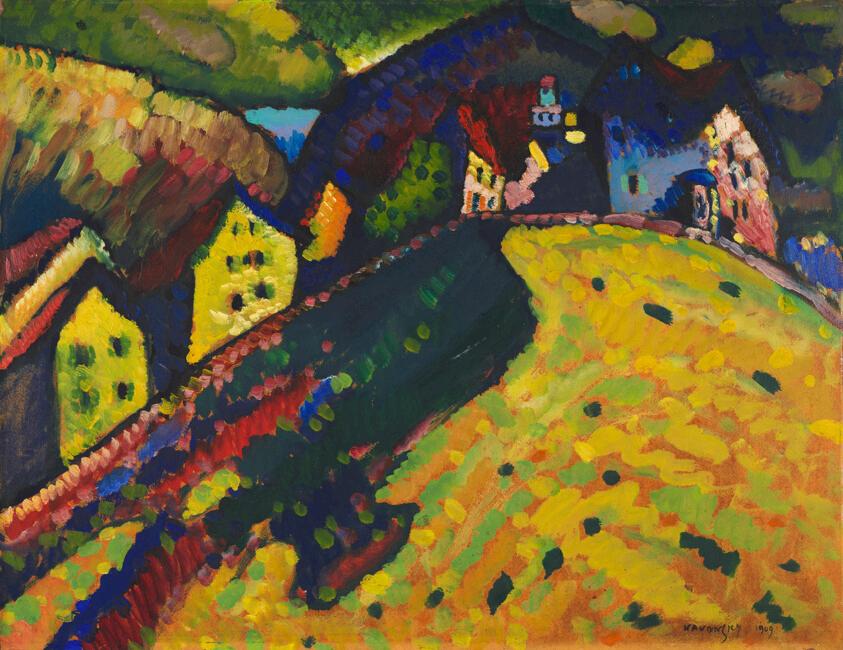
The stilts suspend the scaffolding; the cider grows wider around the leader. The road has taken it upon itself to burst whatever fits in the mouth of a public servant who, in the absence of competitors, calls him a doctor. It's a crossroads: wherever you look, the gallows, "represented in yellow to indicate that its substance is consensual light, that is, fixed thought," senses the batteries, attracts the tied one until its vent is untied.
And the direction that persists will wield the kicked snout, fills it, and the navigators predict there's no escape. Everything falls apart, the tenancy is lifted, and it shouts to establish itself as a king who detects the center of gravity in the turmeric brought by its consultant, both of them unworthy of the watchmaker's bedroom. From her basket and damp pointe shoes, the shell of misfortunes comes forth, the strings that lead to indolence are dismembered.


Y And perhaps the hand resting on the hood installs the bands, locates the thirsty children, the enemy shields, and lengthens the street that in a glance gathers vegetables, fake nails, photocopies, auctions, and ladies at the gate of their powers, only peeking out for the rest of old age, announcing visits without interest in gifts or compliments: that for the crawler, the parrot, the costumes, the paintings of genius, and the grades from the last period. At close range, the calendula infusion is sipped, restoring the inflamed and soothing the throat that will dictate its contents to the audience tomorrow: learned with it to arch their backs, to resolve the patterns of the carpet and find within them clues to guide them in the presentation that will any moment be spilled at the mercy of exhaustion. The ring, warmth of ear and nest, remains elevated in the surroundings, watches over the causes of order and, why not, retracts before the silenced thought, from the kick to the flowerpot; it knows the habitat as if predicting it, and in terms of distress, it pities the cut stubble and the sunflower shrunken by the flat tire.


El Pedregal, 5th of March, 2025


Inside you
I fall from the sun
Gustavo Cerati, recognized for being a musical legend of rock in Spanish and singer of the band Soda Stereo, in 1993 decided to take his career towards as a soloist, releasing the album Amor Amarillo, featuring the homonymous song.
It is a work that provokes an ethereal, dreamlike atmosphere based on guitars and synthesizers, as if the song itself were suspended in floating smoke, appealing to a fantastic world.
Without the intention of wanting to combine two completely unrelated things, I will travel 90 years away to encounter another artistic expression that is connected through symbolism, the dream and the longing for a yellow love.
Yellow love crystals I won't let you be cold



Between 1907 and 1908 Gustav Klimt produced one of the most iconic works of symbolism, The Kiss. As part of the movement, the piece works from enigmatic images that seek to suggest deeper scenarios, with a mystical, spiritual approach close to mythologies. Everyday life was now ignored in the transcendence of these works. The color palette worked as strong contrasts, suggestive of emotions.
In the work, The Kiss, not only is love represented, in its everyday sense, but the maximum expression of passion is sought through the color yellow and the work of gold as fundamental elements for the sensation of spirituality, desire and transcendence. In the work Gustav Klimt gives us a yellow ardor, which transcends the earthly, in an uninterrupted moment, eternally portrayed; the sublime and radiant union, but ephemeral and vulnerable. Through this color palette, Klimt manages to transform an intimate moment into a universal and timeless vision of human love.
There's something in the air Infinite detail
And I want it to last forever
Gustav, and Gustavo not only shared the name. They shared at a historical distance a yellow love, a symbol of the longing for a vulnerable feeling, the openness and vitality of a joyful and spontaneous passion. A distant, yet energetic love of the sun
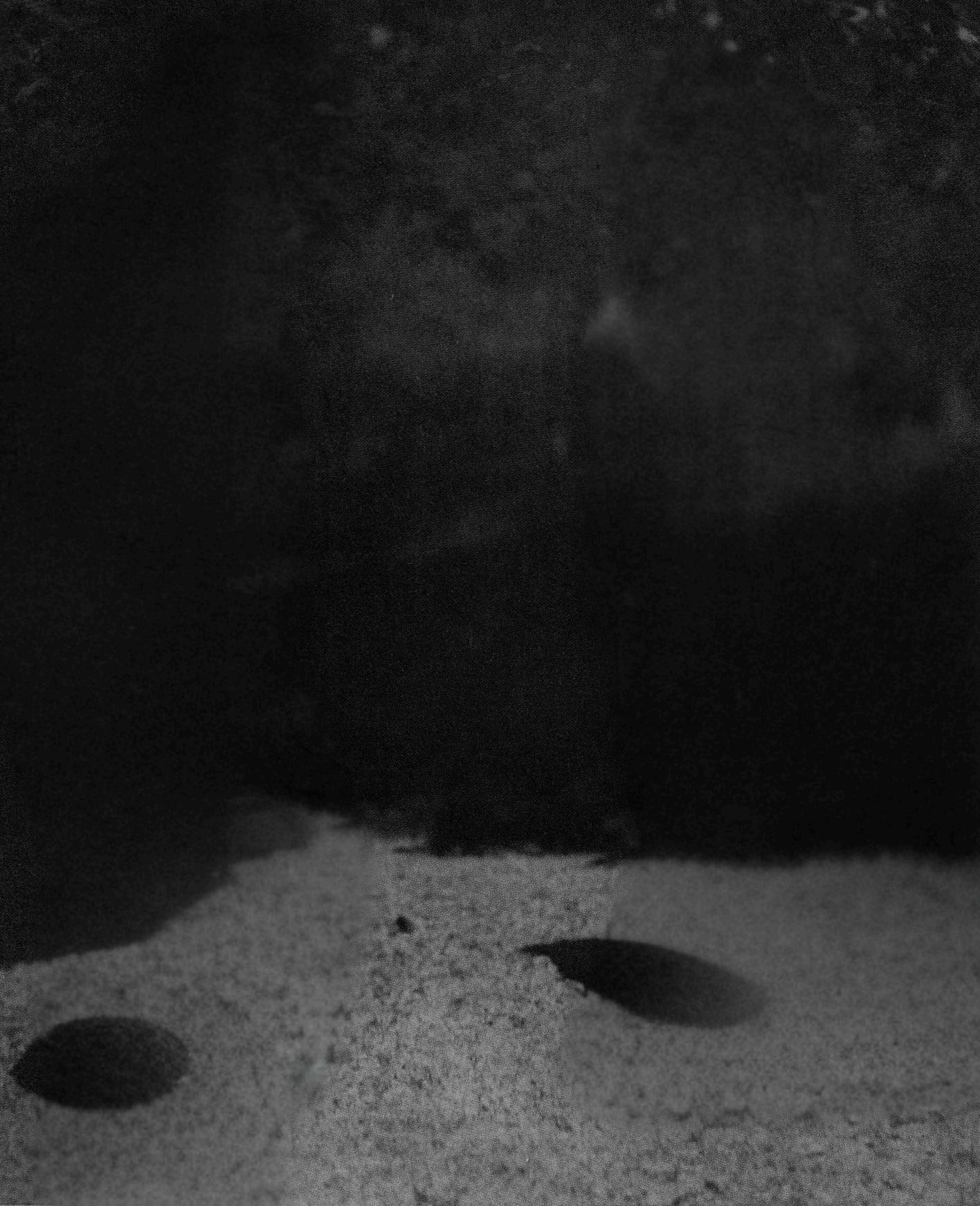
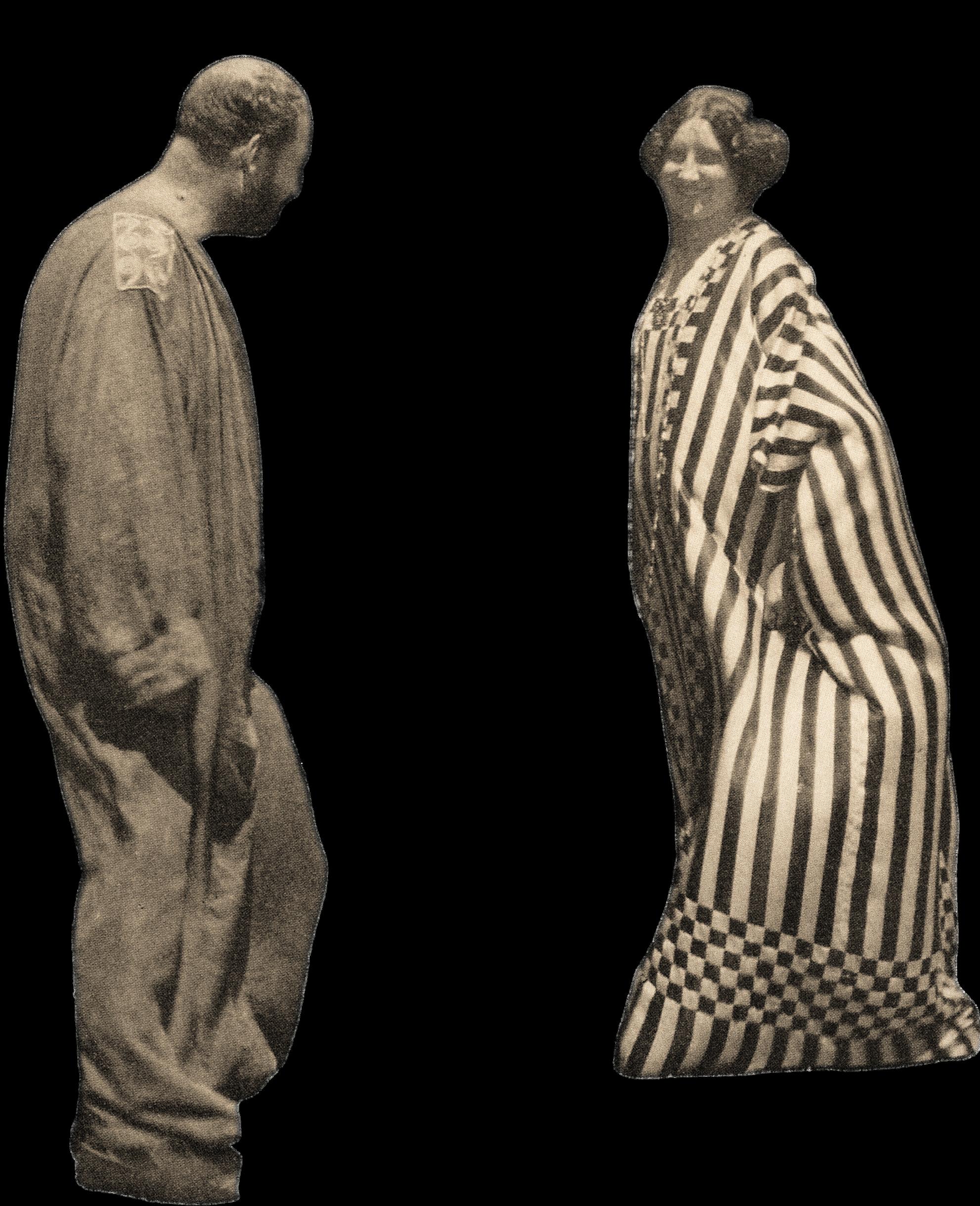


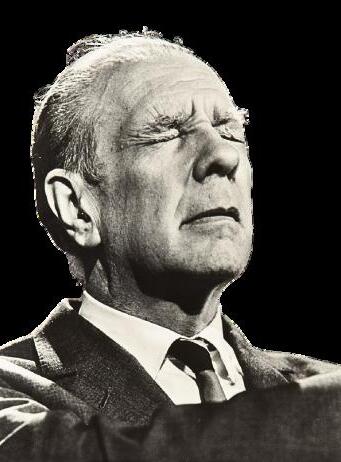
In a talk, Borges attacked a book for not attempting to decipher the symbolism of yellow in his work (1968, 1:23:30). It is the last color Borges ever saw, as he recounts in the poem “The Gold of the Tigers” (1972, El oro de los tigres).
The symbolic analysis of color requires a thorough interpretation of the work in question. López-Baralt (2013) studies the yellow/black/red triad in Borges's stories, being much more persuasive with “The Search for Averroes” (1947, El Aleph) (she clearly contrasts the red of Islamic mysticism with the yellow/black of the writing of the rationalist Averroes) than with “Abenjacán el Bojarí, muerto en su laberinto” (1951, El Aleph). In this essay, we focus on Borges's story that features the most complex use of color: "The Garden of Forking Paths" (1941, Ficciones; hereafter, "Garden"); we draw on a recent reinterpretation of its plot (Sánchez, 2025).
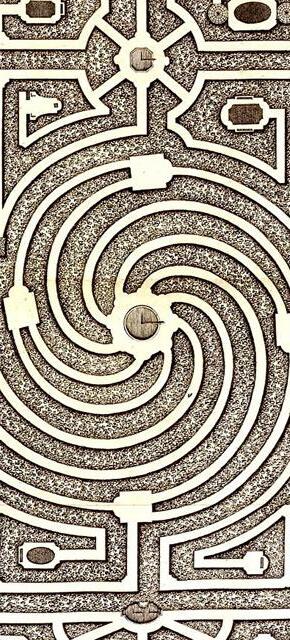

In "Garden," the sinologist "Albert" possesses volumes "bound in yellow silk" from the Yongle Encyclopedia (15th century). The spy "Yu Tsun" says, referring to a letter from his great-grandfather "Ts'ui Pên" preserved by Albert, that the latter "opened a drawer in the golden and black desk. He returned with a piece of paper that was once crimson; now pink and faint." Albert wants to convince Yu Tsun of his theory that Ts'ui Pên bequeathed us the idea that we live in one of many parallel worlds. The yellow/black inlaid desk (later described as "lacquered" or "ivory") would represent writing; it would contain an English translation by Albert of Ts'ui Pên's novel. The contrast with the red tones of the letter can be understood as Albert's misinterpretation of this (fictional) Chinese novel, illustrating in an extreme way the general cultural relativism between East and West. The letter's gloomy tone, which also reflects the passage of time (three generations), is not the only "pink" element that would underline the failure of Albert's theory: the same would be done by the vase he owns a vase of a type ("of the pink family") that was produced in China since the 18th century for the foreign market.
In "Garden," another symbolic pattern of the three colors is evident: the passage of time during the day. Yu Tsun has decided to kill Albert, and his notion of predetermined time which will ultimately prevail over the Sinologist's discredited multiverse also differs from the linear time that will ultimately lead the spy to the gallows. In Albert's house, two objects ambiguously point to the importance of time (chronological or cyclical time?): the "circular clock" and the black "gramophone record," while a "bronze phoenix" is subject to cultural relativism.
After Albert's murder, colors disappear from Yu Tsun's narrative. Toward the beginning, there is a list of objects that should be considered in a more detailed analysis, even if there is no explicit mention of yellow or black (the "red-blue pencil" is perhaps a binary symbol of yin and yang).
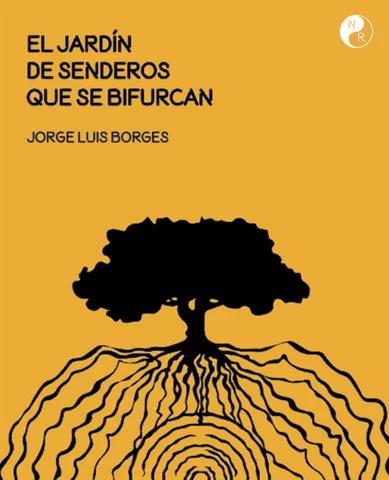
Although there are three decisive colors (yellow, black, red), our interpretations would allow us to simplify their regrouping into pairs: the writing/cultural relativism pair and the day/night pair, for which red represents the (twilight) transition from one state to the other. Such binary versions of the symbolic trio yellow/black/red are in line with the simplicity (binary, if we take the expression "they fork" literally) on which the arborescent complexity of Albert's theory is based. We must not exclude the ambiguity that runs through the story itself, based on simple choices that, because the reader cannot resolve them at each step, increase uncertainty. It is not for nothing that Borges provides very simple illustrations (when Albert reads from the novel or poses the variants of the duel he engages in with Yu Tsun). Even the “swarming” of Alberts and Yu Tsuns (which Yu Tsun imagines, just before getting rid of the sinologist) could come from a combination of elementary decision-making aspects at each instance, or from successive binary decisions along the paths involved.
Head Editor
María Inés Flores Nachón maines_flores@live.com
Cover Design
Antonella Guagnelli Cuspinera antonella.guagnelli@gmail.com
Editorial Design
Junuen Caballero Soto junuen.caballero@gmail.com

